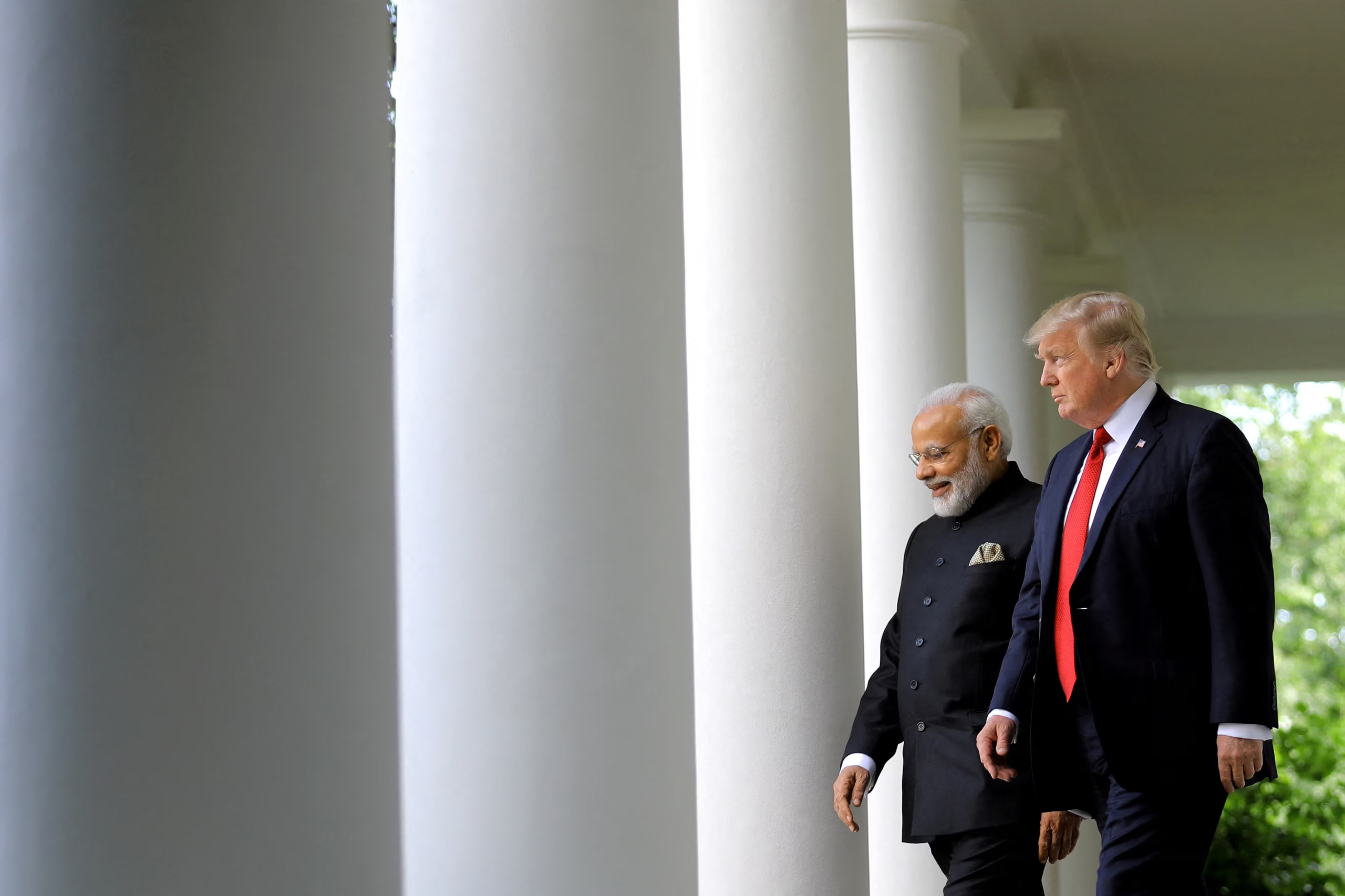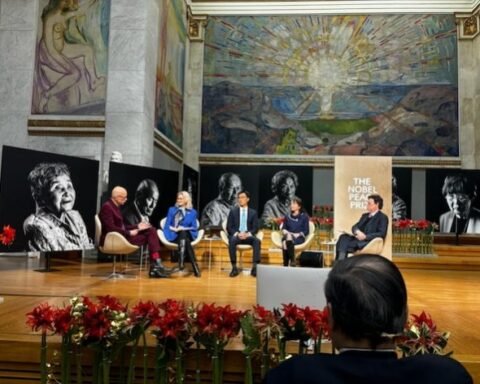Washington, D.C. – U.S. President Donald Trump and Indian Prime Minister Narendra Modi have unveiled a new energy deal aimed at reducing the trade deficit between the two countries. The agreement will see India significantly increase its imports of U.S. oil and gas.
During a joint news briefing at the White House, Trump emphasized the mutual benefits of the deal. “They’re going to be purchasing a lot of our oil and gas. They need it. And we have it,” he said.
Prime Minister Modi affirmed the importance of the deal for India’s energy security, stating, “In order to ensure India’s energy security, we will focus on trade in oil and gas,” and added that India would also invest further in nuclear energy.
The announcement comes as Trump has ordered new tariffs on U.S. trading partners, aiming to impose reciprocal duties to match those already levied on American exports by other countries. Trump and Modi, who have built a strong personal rapport over the years, addressed ongoing trade tensions during Modi’s two-day visit to Washington.
Trump, welcoming Modi to the U.S. capital, remarked on their “wonderful relationship,” and also disclosed plans to significantly increase U.S. military hardware sales to India. He confirmed that F-35 fighter jets would eventually be supplied to Delhi.
Immigration was another key topic on the agenda. Trump is expected to request that India take back thousands of undocumented immigrants from the U.S.
Earlier in the day, Modi met with entrepreneur Elon Musk to discuss advancements in space, technology, and innovation. The Indian Prime Minister expressed optimism for future collaboration, saying, “I firmly believe with Trump we will work with twice the speed we did in his first term.”
The discussions also touched on trade policies, with Trump preparing to implement broad new tariffs on countries around the world, starting as early as April 1. In a statement to reporters, Trump criticized trade practices, saying, “Our allies are worse than our enemies” in terms of import taxes. He added that the U.S. had been taken advantage of in past trade deals.
The White House issued a statement highlighting discrepancies in trade tariffs, noting that while the average U.S. tariff on agricultural goods is 5%, India’s average applied tariff is 39%. The statement also pointed out that India imposes a 100% tariff on U.S. motorcycles, while the U.S. only charges a 2.4% tariff on Indian motorcycles.
Although economists have raised concerns that new tariffs could lead to higher consumer prices, Trump dismissed these warnings. “Prices could go up somewhat, short term, but prices will also go down,” he stated. He argued that the policy would ultimately benefit American manufacturing and result in more jobs for U.S. workers.
Trump has already imposed a 10% tariff on imports from China, citing concerns over the production of fentanyl, a potent opioid contributing to the U.S. overdose crisis. He has also prepared additional tariffs on Canada and Mexico, set to take effect in March following a 30-day suspension.
In another significant move, Trump lifted exemptions from his 2018 steel and aluminum tariffs earlier this week.








